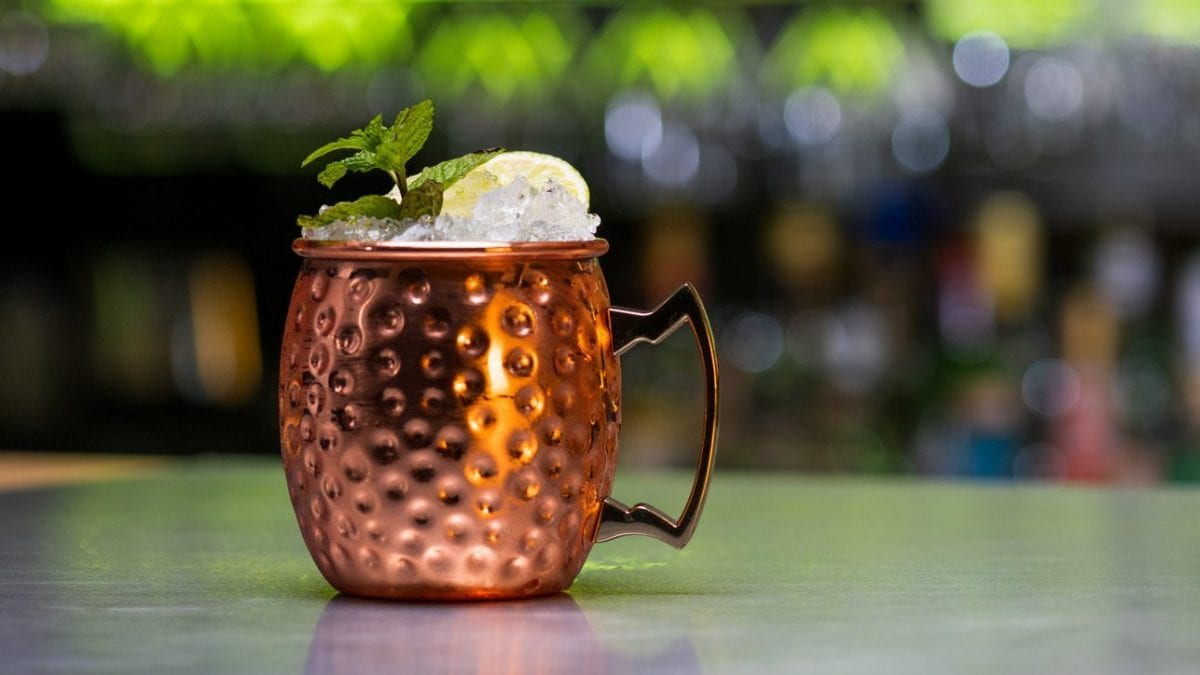
In recent years, thanks to the long wave of wellness culture and alternative medicine, numerous theories have emerged online according to which drinking water (or other beverages) from copper cups would bring a long series of health benefits. Among the most recurring hoaxes are promises of detoxification of the body, improved digestion, strengthening of the immune system and even prevention of aging. According to some, water left in contact with copper for a few hours would be "charged" with beneficial properties, thanks to the alleged release of copper ions in controlled and "therapeutic" quantities. But how much truth is there in these claims? The answer, as often happens when talking about health on the web, is: very little. And in some cases, not only are they not good for you, they can also be harmful.
Where Does the Myth of "Healing" Copper Come From?
The origin of these beliefs is rooted in ancient medical traditions, particularly in the Indian Ayurvedic tradition, where copper has been used for centuries in various contexts, including as a material for drinking water containers. This practice originally made sense in contexts where the water was not treated and copper, thanks to its antibacterial properties, could actually help limit the proliferation of some pathogenic bacteria.
To this historical basis has been added, in the modern era, an ever-increasing interest in natural cures and “unconventional” methods, amplified by social media and wellness influencers, who spread information that is often unscientific. In this context, it is easy for a fascinating idea like that of “copper ionized water” to be taken for granted and shared uncritically, generating an avalanche effect of misinformation.
What Studies Say About Copper
The allure of the ancient, combined with the desire to find “natural” and easy solutions to feel better, has made copper cups a cult object in the world of DIY wellness. But as often happens, science tells a different story: copper is useful to our body, yes, but in minimal and well-controlled quantities and not through the water we drink.
Drinking occasionally from a coated, food-grade copper mug is not dangerous; however, relying on copper as an “elixir of life” is unfounded and, in some cases, potentially harmful.
The Joint FAO/WHO Expert Committee on Food Additives (JECFA) has set a Tolerable Upper Daily Intake (PMTDI) of copper of 0.5 mg per kilogram of body weight. For a 70 kg adult, this corresponds to approximately 35 mg per day. This value takes into account total intake from all sources, including food and water. The EFSA (European Food Safety Authority) also confirms that copper is an essential nutrient, but that excessive levels can lead to acute and chronic toxicity.

Finally, the US Food and Drug Administration (FDA) specifies that uncoated copper vessels should not be used to serve foods or beverages with a pH lower than 6 (i.e. acidic), precisely to avoid excessive release of copper into liquids.
But when does copper become dangerous?
- In contact with acidic beverages for example: copper is a reactive metal that can release ions when it comes into contact with acidic liquids (pH < 6), such as lemon or lime juice, vinegar, wine, cocktails such as Moscow Mule, carbonated beverages. The US FDA Food Code prohibits the use of copper in direct contact with acidic foods or beverages, precisely to avoid the risk of contamination.
- With uncoated cups. Uncoated copper cups (i.e. without a stainless steel, tin or nickel lining) allow direct contact between the liquid and the metal, increasing the risk of copper leaching into the beverage.
- Prolonged exposure. Leaving an acidic beverage in a copper mug for an extended period (over 2 hours) can significantly increase the amount of copper released into the liquid.
- At high temperatures. Heat accelerates the chemical reaction between copper and liquid, increasing the risk of copper ions being released. Therefore, it is not recommended to consume hot beverages in uncoated copper cups.
Copper: A Micronutrient Yes, But With Caution
It is true that copper is an essential micronutrient for the human body: it participates in numerous biological processes, such as the production of red blood cells, enzyme function and the health of the nervous system. However, the daily requirement is extremely low (about 1 mg for adults), and is normally met through a balanced diet. Excessive intake of copper, however, can be toxic.
Regular drinking from uncoated copper mugs, especially if they contain acidic liquids (such as lemon water, fruit juices or cocktails), can lead to the release of copper ions in significant quantities. This phenomenon is well documented and also recognized by regulatory bodies such as the US FDA . Symptoms of copper poisoning include nausea, vomiting, abdominal pain and, in severe cases, liver and kidney damage.
For this reason, many commercially available copper mugs are lined internally with stainless steel or tin, to prevent direct contact of the liquid with the metal. If you use such mugs, the risk is reduced, but this still does not make copper a source of well-being. There is no scientific evidence that drinking from a copper container, even lined, provides measurable health benefits.
;Resize,width=767;)
